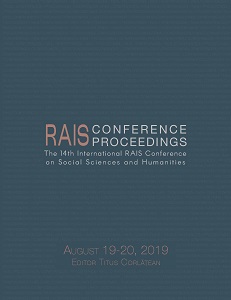Behaviors of Professional Athletes in Terms of the Big Five Model Due to the Type of Contact of the Sport Discipline
Behaviors of Professional Athletes in Terms of the Big Five Model Due to the Type of Contact of the Sport Discipline
Author(s): Paweł Piepiora
Subject(s): Behaviorism, Sports Studies
Published by: Scientia Moralitas Research Institute
Keywords: behaviours, sporpsychology; personality; NEO-FFI; type of contact;
Summary/Abstract: Sports disciplines can be divided due to the type of contact allowed with the opponent. We distinguish disciplines with direct and indirect contact as well as non-contact disciplines. The intention of this study was to check if the behavior of professional athletes is determined by the type of contact of sports disciplines. 180 competitive athletes from six sport disciplines, i.e. luge, tennis, wrestling, team mountaineering, volleyball and rugby, were purposefully selected for the study. The research method used was the NEO-FFI Personality Inventory. It was shown that specific samples - lugers, team mountaineers and rugbists are characterized by low neuroticism in relation to tennis players, wrestlers and volleyball players. Athletes of non-contact disciplines stand out by low neuroticism in relation athletes of indirect and direct contact disciplines. Team athletes are distinguished by low neuroticism in relation to individual athletes. On this basis, the following conclusions were made. The behavior of athletes depends on the type of contact of the sport discipline. Behavioral profiles are specific to the requirements of a given sport discipline and are consistent with the average profile of behavior of all athletes, characterized by high conscientiousness and extraversion, average openness to experience and agreeableness. The indicator differentiating
Book: Proceedings of the 14th International RAIS Conference on Social Sciences and Humanities
- Page Range: 138-145
- Page Count: 8
- Publication Year: 2019
- Language: English
- Content File-PDF

